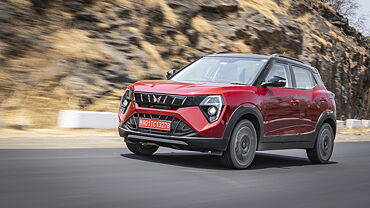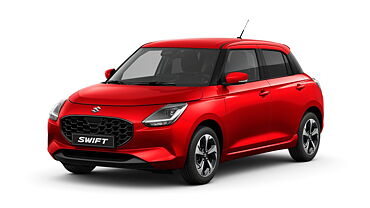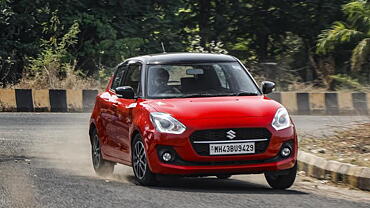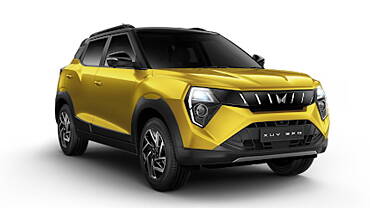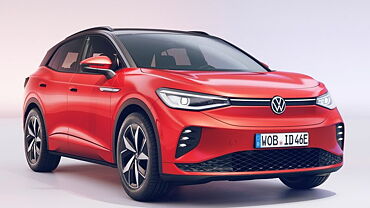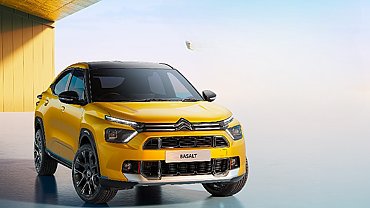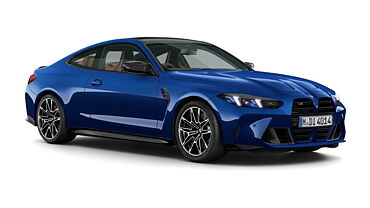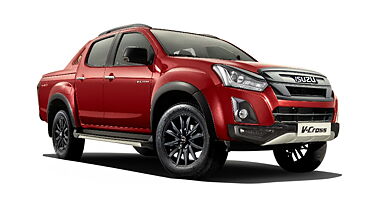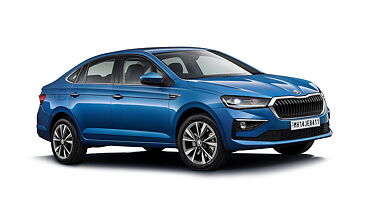Ratan Tata, who was instrumental in turning Tata Group from a corporate house into a USD 100 billion company, retires today on 28th December, marking the end of a 50-year old illustrious career. The new Chairman of Tata Group, Cyrus Mistry, who had been appointed earlier in December, would take over. In terms of sheer figures, the company's revenues increased from Rs. 10,000 crore in 1971 to Rs. 475,721 crore in 2011-12.
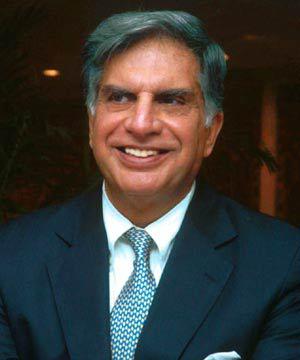
Being someone who had come up from the grass roots, Ratan Tata has always been a man of his words. He started on the shop floor of Tata Steel, shovelling limestone and working in the blast furnace, back in 1962. Tata was named as the successor of JRD Tata in 1991
In terms of education, Tata went to the Bombay branch of the Bishop Cotton School, Shimla, which was known as Campion School. With a B.S. in architecture (Structural Engineering) from Cornell University and in 1962, he also completed an Advanced Management Program from Harvard Business School in 1975.
Under the leadership of Ratan Tata, several acquisitions took place. Tata Tea bought Tetley, Tata Motors acquired international luxury brand Jaguar Land Rover and Tata Steel purchased Corus. Anglo Dutch Company Corus was purchased for 6.2 billion Pounds in 2007, whereas Jaguar Land Rover was bought over from Ford for USD 2.3 billion in 2008. All the above acquisitions have made the Tata Group into a global business, from being an Indian company in the initial years. It was, in fact, Ratan Tata's vision to turn the company into a global giant.
The inception of the Tata Nano as an affordable means of transport for many two wheelers also took place during his tenure. Despite a lot of opposition from other manufacturers and businessmen who considered the idea of a 'Rs 1 lakh car' to be preposterous, Ratan Tata went ahead with the project to create the Nano. He also played an important role during the manufacture of the Tata Indica, a spacious Indian hatchback.
In the Information Technology arena, TCS (Tata Consultancy Services) is also one of the leading software providers in the country today. It generated revenues of over USD 10 billion for 2011-12. With a background of the kind that the Tata Group has, it is quite a significant achievement for TCS to be one among the top IT firms in the country.
Commenting on his past and present, Ratan Tata said, "I feel satisfied that I have done my best to do what I considered to be the right thing and that have been there throughout." After retirement plans, Ratan Tata plans to spend a lot of time catching up with the latest technology, which he is extremely fond of. Tata is a bachelor, and wishes to enhance his piano playing skills, which he learnt during school. He would also look at taking up flying, and involve himself with various philanthropic activities.
His successor is Cyrus Pallonji Mistry, 44, whose family owns 18 per cent stake in Tata Sons. Cyrus is part of the Shapoorji Pallonji Group, and is the son of Irish construction magnate Pallonji Mistry. His leadership would reflect a change of generations in leadership, as he takes over from Ratan Tata, who would turn 75 on 28th December 2012.
At the time that Tata became Chairman of the Tata Group, Mistry became the Director of the Shapoorji Pallonji Group. Mistry has a graduation degree in Civil Engineering from the Imperial College of Science, Technology and Medicine in London and an MBA from the London Business School, and is also a Fellow at the Institution of Civil Engineers. With his knowledge, he was able to make the Shapoorji Pallonji Group into a big company, which employs over 23,000 persons and is present in India, Middle East and Africa. Other than Tata Sons and Shapoorji Pallonji Group, he has also been a Director on board for many firms such as Forbes Gokak and United Motors (India). One hopes that he would live up to the expectations and take the Tata Group to greater heights with his vision.



